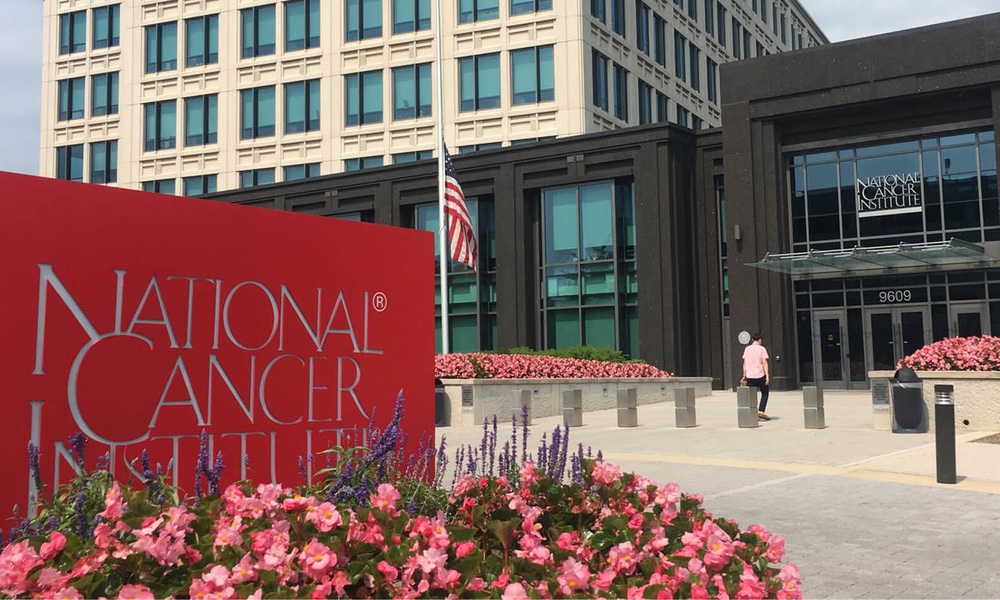Behind every craving or urge there exists, scientists have discovered, a powerful brain system that is as automatic and basic as hunger or thirst. This reward reinforcement system is involved in a wide variety of motivated behaviors. Though we haven't uncovered all the details, what we do know will help you better understand your own reactions if you are trying to lose weight or change some other addictive or impulsive behavior pattern. You will see the powerful internal forces that a friend or relative must struggle against as they seek to gain control over impulsive behaviors. One note of caution -- this is only a sketch of how this remarkable system operates.
You will see the powerful internal forces that a friend or relative must struggle against as they seek to gain control over impulsive behaviors.
When talking about addictive or impulsive behavior it is easy to overlook the fact that, most of the time, humans do exercise some sort of choice over whether or not to engage in these behaviors. Most behaviors are not persistently or addictively pursued. Rather, the healthy individual tries to achieve a balanced variety of reinforcing behaviors. We may overeat or over-indulge in alcohol at our cousin's wedding but quickly return to our everyday, more moderate pattern of food and alcohol consumption. We are able to do this because we have the ability to balance two competing neurochemical systems -- the reward reinforcement system which finds the eating of delicious food and drinking of alcoholic beverages pleasurable and, therefore, reinforcing, and the reflectivity or control system which enables us to weigh the potential negative consequences of an action.
In one experiment, the participants were asked to drink alcoholic beverages. The two groups were identical, except that one group was given a low dose of haloperidol, a drug that blocks the reception of the neurotransmitter dopamine's chemical messages of craving, while the other received a harmless placebo. In the haloperidol group, alcohol consumption decreased.5 Unfortunately, so far, scientists have not found a dopamine blocker suitable for treating drug addiction in humans because such drugs cause unacceptable side effects, such as tremors similar to those seen in Parkinson's disease (in which dopamine also plays a role).
Another drug that works at a slightly different point in the chemical messaging process that communicates alcohol addiction is naltrexone. When naltrexone or placebo is given to alcohol-dependent subjects who have completed an alcohol treatment program, the naltrexone-treated patients relapse significantly less frequently and report less craving for alcohol than the placebo-treated patients. Additionally, the naltrexone-treated patients report less positive effects from sampling alcohol, a finding consistent with the hypothesis that naltrexone blocked the reinforcing/rewarding effects of alcohol.
Some scientists have speculated that there may be inborn abnormalities in the dopaminergic pathway in alcoholics and other patients troubled by excessive use of reinforcers. While studies of animals genetically bred to self-administer alcohol do show differences in dopamine measures, genetically based human differences have not been found.
Even though it has not yet been possible to determine if a faulty reward reinforcement pathway is the cause of addictive behaviors, it is clear that this pathway is operating in them. Animals that like highly palatable foods also prefer substances of abuse. Rats who prefer sweet solutions self-administered more alcohol than rats with low preferences for sweet solutions. Conversely, rats bred for high preferences for alcohol showed high preferences for sweet solutions while rats bred for low preferences for alcohol showed low preferences for sweet solutions.
Serotonin levels are lower in people who are impulsive. Patients who attempt compulsive suicides and impulsive homicidal behavior, and those with severe early-onset alcoholism as well as bulimia, all have low levels of serotonin. On the opposite side, we have also seen that patients who are obsessive (i.e., those who reflect excessively prior to performing a behavior which might be wrong) are characterized by high metabolic rates in their frontal areas of their brain and by high serotonergic measures.
Patients who attempt compulsive suicides and impulsive homicidal behavior, and those with severe early-onset alcoholism as well as bulimia, all have low levels of serotonin.
At this point, we can only guess that good mental health derives from the neurochemical balance between impulse and reflection systems. An individual with an excessively active dopaminergic reward system and an underactive serotonergic control system might be prone to excessive use of reinforcers which could have negative effects on health. Conversely, if one is characterized by low dopaminergic and high serotonergic function in the relevant areas of the brain, then excessive obsessing (sitting around and thinking about it endlessly) and too little action for the best possible function might be your pattern.




